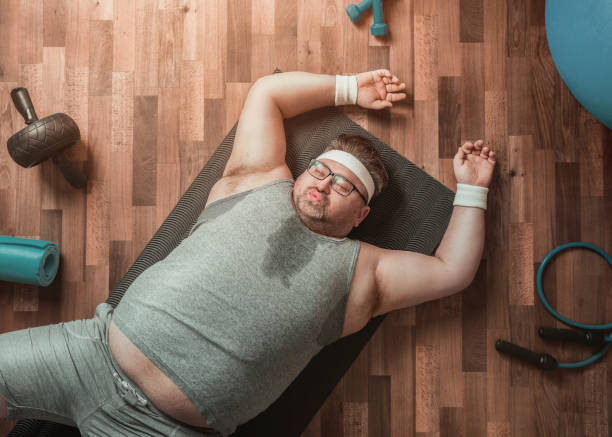
By Coach J
We’re facing a crisis.
Not one that gets breaking news headlines… but one that’s quietly stealing health, performance, and freedom from millions of people every day.
It’s the movement crisis—and it’s real.
As a coach who’s worked with elite athletes, everyday movers, and those recovering from injury, I’ve seen it firsthand: people are losing the ability to move well. And without movement, everything else in health starts to fall apart.
What Exactly Is Movement Dysfunction?
At Aruka, we define movement dysfunction simply as this:
Movement performed with biomechanical inefficiencies—making it flawed, unstable, or dangerous.
Now, here’s the thing: most people are still moving… they’re just moving poorly. And that poor movement slowly chips away at the body—causing wear, pain, compensation, and eventually injury.
You don’t notice it at first. But over time, it shows up as:
- Recurring pain
- Stiffness
- Loss of mobility
- Muscle imbalances
- Decline in performance
You can be strong, fast, and even fit—and still be moving dysfunctionally.
Where Does Dysfunction Come From?
There are two main culprits:
- A lack of proper learning.
Most people never received real movement education. No one taught them how to squat, run, skip, or throw with mechanics that preserve joint integrity and performance. Instead, we develop habits that feel right—but are wrong. - Compensatory patterns from pain, injury, or trauma.
When pain shows up, the brain goes into protection mode. It changes how we move to avoid discomfort—but that new pattern isn’t efficient or sustainable. These “survival” strategies turn into dysfunction that sticks.
In my experience, nearly everyone carries some form of dysfunction—whether they’re a 14-year-old athlete or a 60-year-old executive.
Modern Life Makes It Worse
The 21st century isn’t helping us.
We sit too much, move too little, and stare at screens more than we interact with our own bodies. Most of our “exercise” is crammed into short blocks of time, disconnected from real movement literacy.
The result?
- Tight hips
- Weak glutes
- Poor posture
- Low energy
- Joint degeneration
- Compensations built on top of compensations
We’ve normalized dysfunction. But just because it’s common doesn’t mean it’s healthy—or acceptable.
That’s Why We Assess
At Aruka, we don’t jump into workouts.
We start with assessment.
We use tools like:
- Movement IQ Screens to evaluate the 12 Movement Skills for Life
- Injury Risk Analysis to identify red flags before they become problems
- Dynamic movement testing to see how the body behaves under real conditions
Assessments help us answer one critical question:
“Where is this person breaking down?”
Because if we don’t find that answer—we’re just guessing.
And when you guess with human movement, people get hurt.
Motion Therapy: My Answer to Dysfunction
Once we’ve identified the breakdowns, we don’t throw cookie-cutter solutions at people. We use Motion Therapy—a system I developed over years of working with performance and rehabilitation professionals.
Motion Therapy is made up of three key components:
- Corrective Exercises – Precise drills to reteach movement and rewire poor habits.
- Therapeutic Interventions – Used alongside health pros when needed to address pain, inflammation, or tissue restrictions.
- Mobilizations – Techniques to restore range of motion, glide, and joint health.
This isn’t rehab for rehab’s sake. This is rebuilding for long-term performance.
This Isn’t Just for Injured Athletes
If you’re thinking this only applies to athletes recovering from injury—think again.
I’ve used this approach with:
- Grandparents who want to get on the floor and play with their grandkids
- Executives trying to avoid another back flare-up
- Teenagers dealing with chronic tightness
- Lifters who can’t squat without knee pain
Dysfunction is everywhere. But here’s the good news:
So is the solution.
Let’s Restore What Was Lost
I named this system Aruka because it comes from the Hebrew word Arukah—which means “to rebuild and restore.” That’s exactly what we do when we uncover and fix movement dysfunction.
We don’t just want people to survive movement.
We want them to master it.
We want them to feel free, capable, and confident in their own bodies.
What’s Next?
In the next article, I’ll take you deeper into Motion Therapy—how it works, why it works, and how we use it to restore people’s lives from the ground up.
Until then, take an honest look at how you move.
Don’t wait for pain to tell you something’s wrong.
Let’s rebuild and restore—together.
Leave a Reply